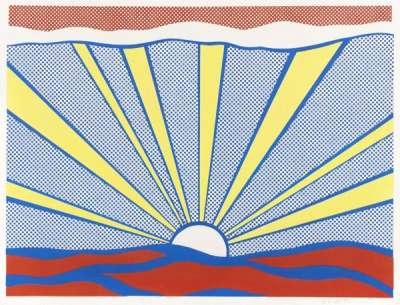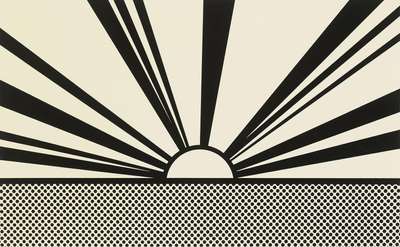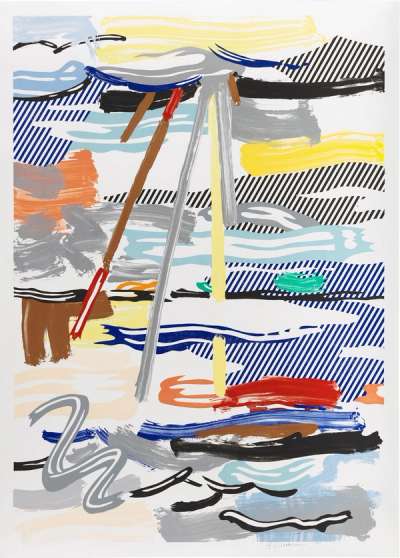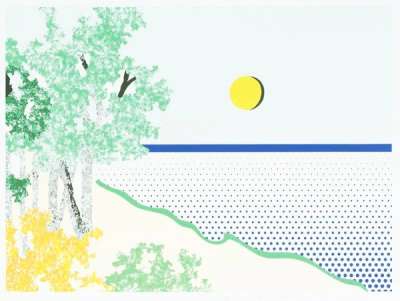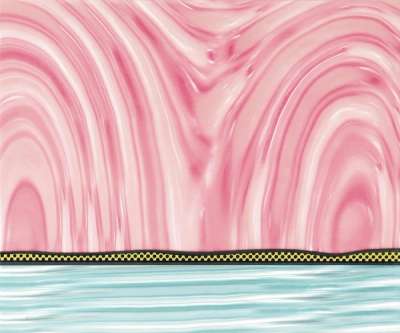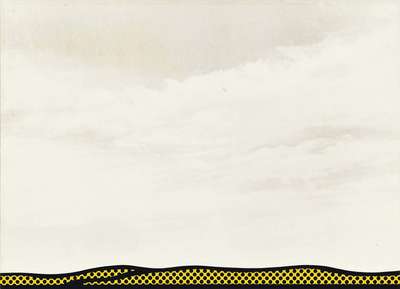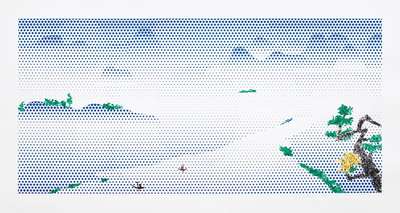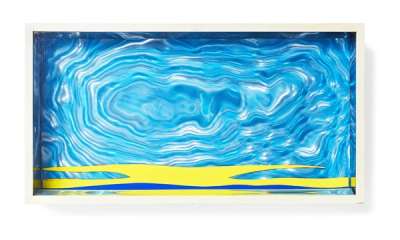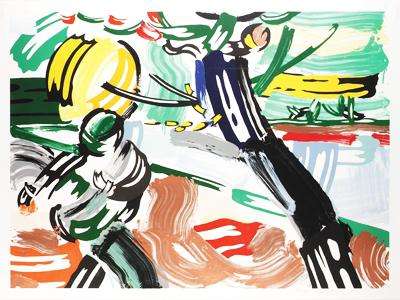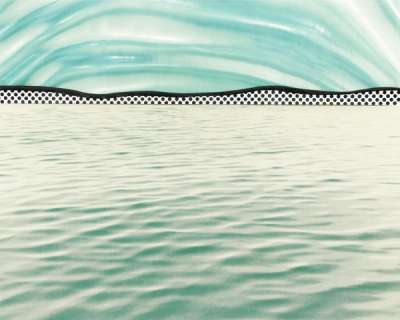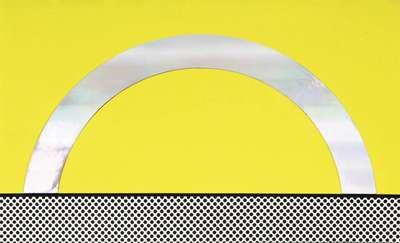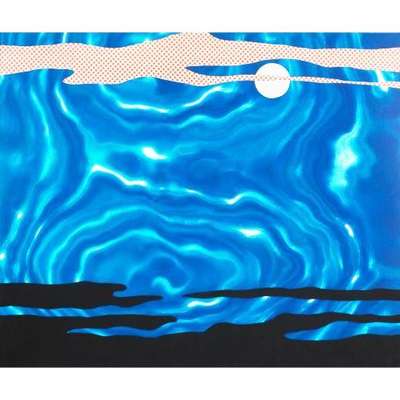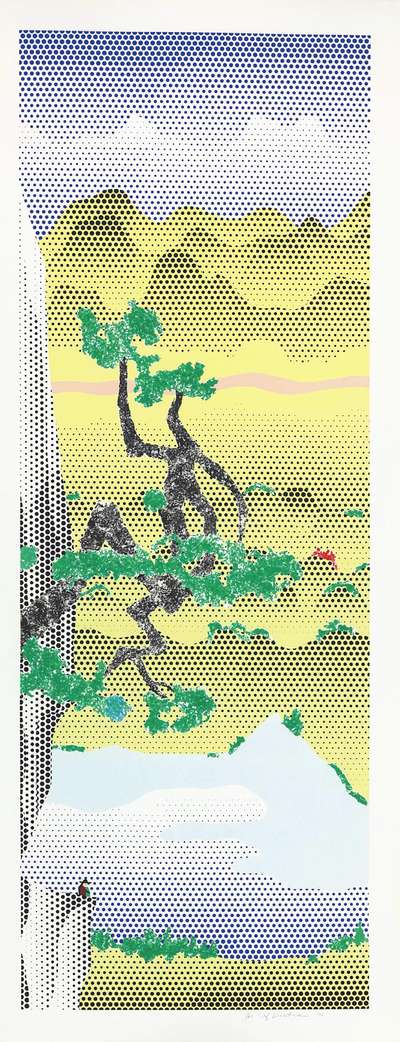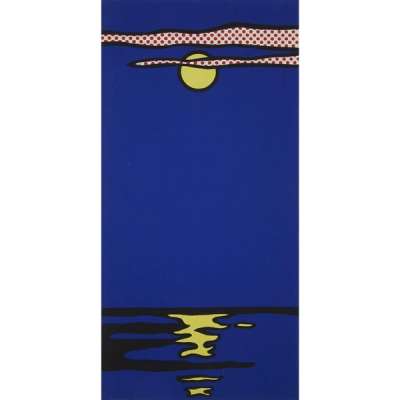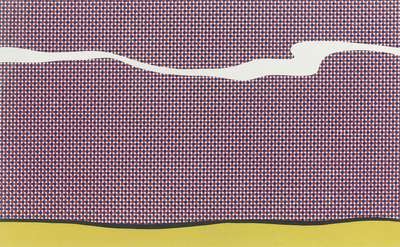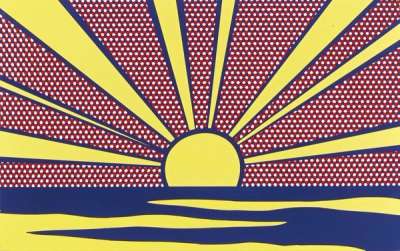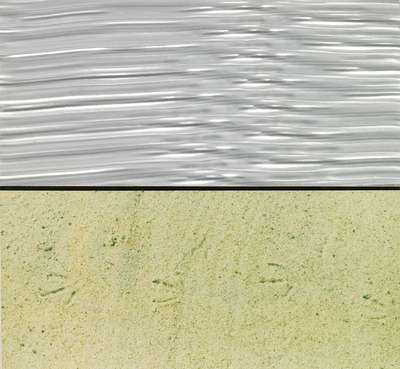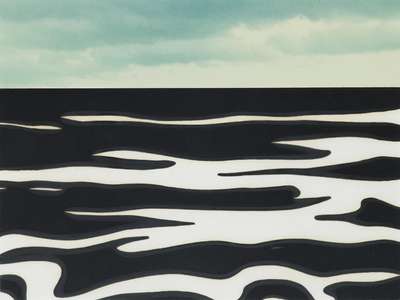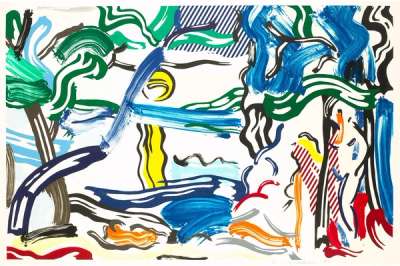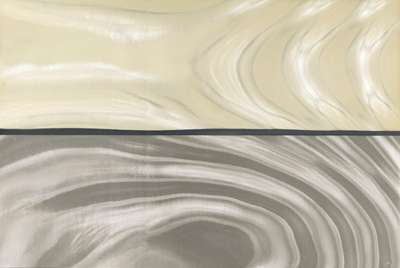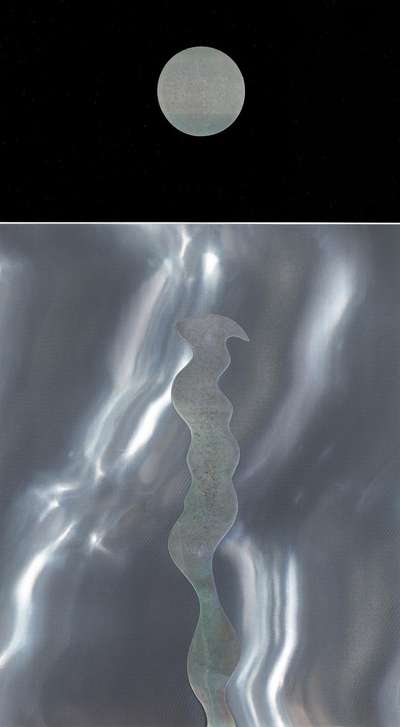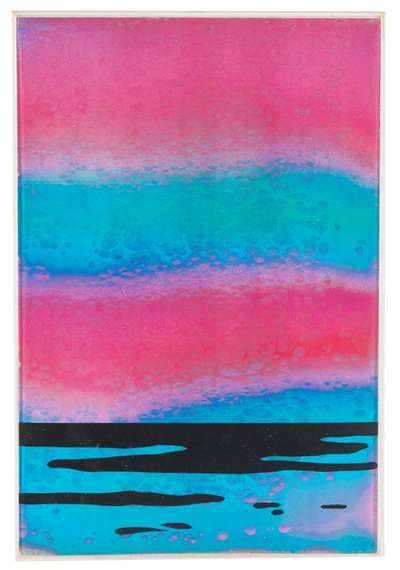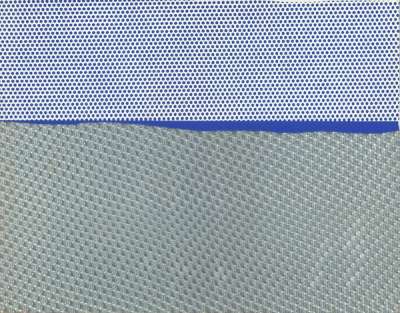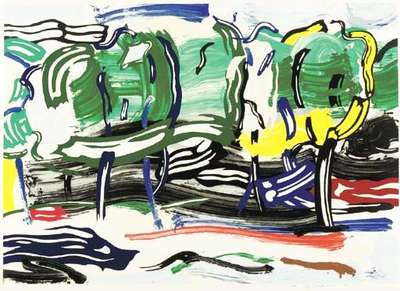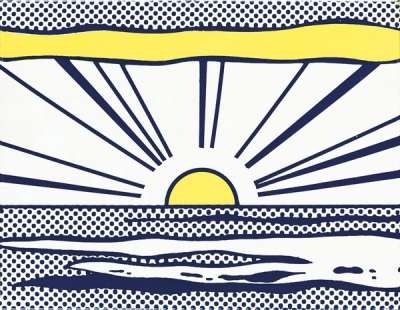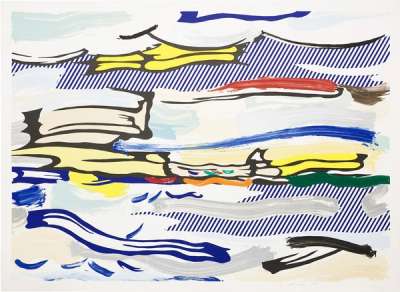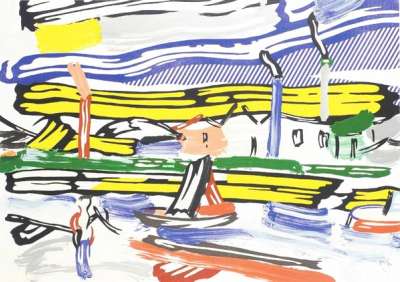
View From The Window
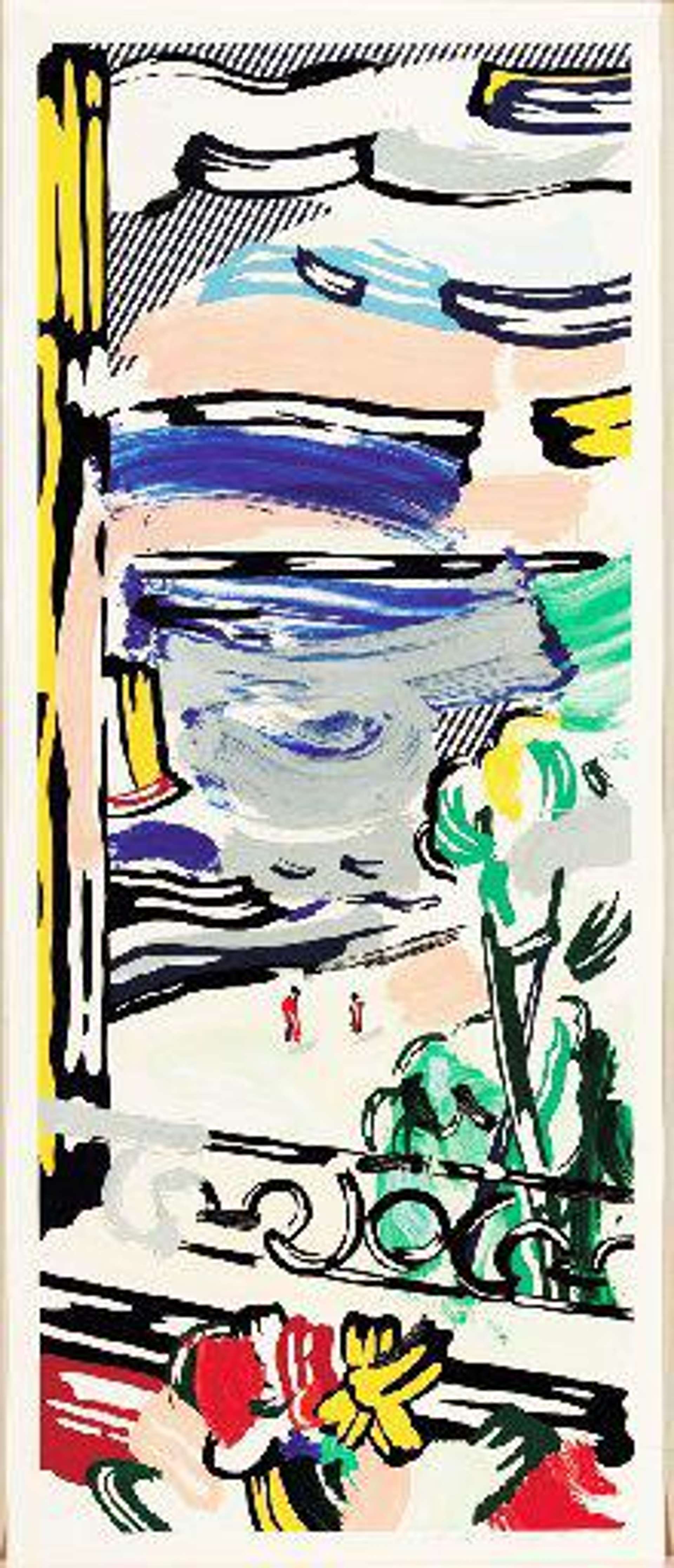
View From The Window
Signed Print
Roy Lichtenstein
£80,000-£120,000
$160,000-$230,000 Value Indicator
$140,000-$210,000 Value Indicator
¥730,000-¥1,100,000 Value Indicator
€90,000-€140,000 Value Indicator
$800,000-$1,200,000 Value Indicator
¥15,190,000-¥22,790,000 Value Indicator
$100,000-$150,000 Value Indicator
AAGR (5 years) This estimate blends recent public auction records with our own private sale data and network demand.
There aren't enough data points on this work for a comprehensive result. Please speak to a specialist by making an enquiry.
Medium: Planographic print
Edition size: 60
Year: 1985
Size: H 194cm x W 78cm
Signed: Yes
Format: Signed Print
TradingFloor
MyPortfolio
Your collection tracked in real time.
Build your portfolio, manage valuations, view return against your collection and watch works you're looking for.
Track auction value trend
Auction Results
| Auction Date | Auction House | Artwork | Hammer Price | Return to Seller | Buyer Paid |
|---|---|---|---|---|---|
| Sotheby's London - United Kingdom | View From The Window - Signed Print | ||||
| November 2022 | Waddington's - Canada | View From The Window - Signed Print | |||
| September 2022 | Phillips London - United Kingdom | View From The Window - Signed Print | |||
| April 2019 | Christie's New York - United States | View From The Window - Signed Print | |||
| March 2019 | Christie's London - United Kingdom | View From The Window - Signed Print | |||
| September 2018 | Christie's London - United Kingdom | View From The Window - Signed Print | |||
| June 2018 | Wright - United States | View From The Window - Signed Print |
Meaning & Analysis
Roy Lichtenstein revisited the landscape motif numerous times throughout his career. His vast Landscapes, Moonscapes and Seascapes comprise several individual series of prints. View from the Window from 1985 belongs to the painterly Landscapes suites. The print mainly appropriates the formal attributes of landscape painting. However, it also imitates brushstrokes, thereby critiquing the idealised brushwork of the abstract expressionists.
View from the Windowshows a balcony featuring cursive iron railings and potted plants. The work reveals poignant details composed of intersecting pastel-toned and primary coloured brushstrokes. The view we see through the frame is overlooking a riverside, with figures wandering along the embankment. The vivid hand-painted sweeps within this portrait interact energetically with the mechanical aspects of the artist’s own style. Consequently, the layout of the print becomes similarly abstracted as Lichtenstein’s Brushstroke Faces and Seven Apple Woodcuts.
The stylised brushstroke variations capture the essence of an everyday scene. Translated into the conventional language of the landscape genre, the imitations appear instinctive and integrated. While Lichtenstein’s simulated painterly gestures symbolise shifting light and nature in motion, the detached cartoon elements produce spatial ambiguities. These strokes seem to have been cut out and pasted on, drawing attention to the surface texture of the work.
